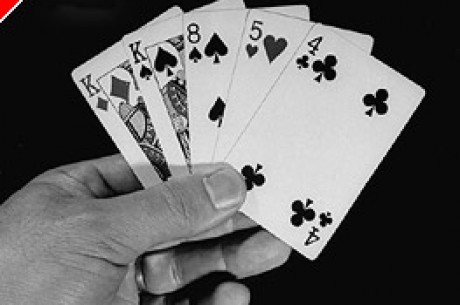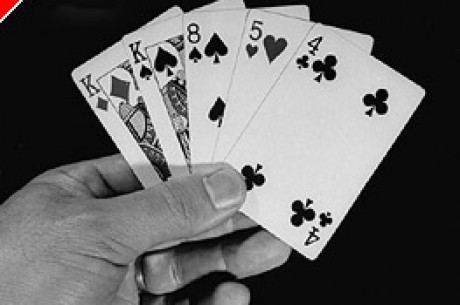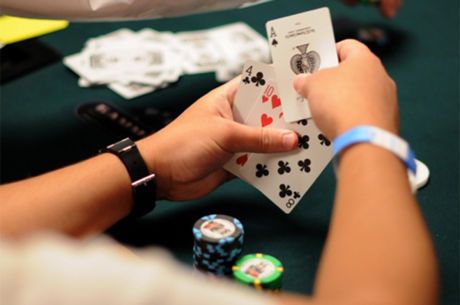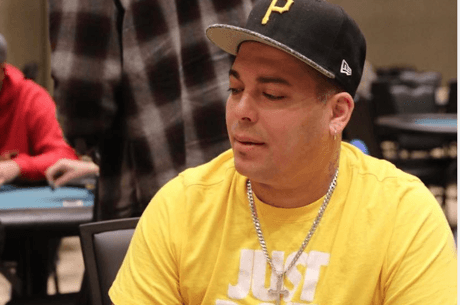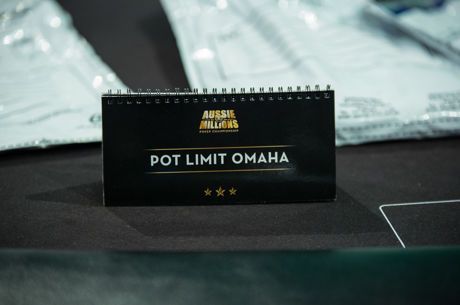Introduction to Omaha Poker - A Compendium of Choices
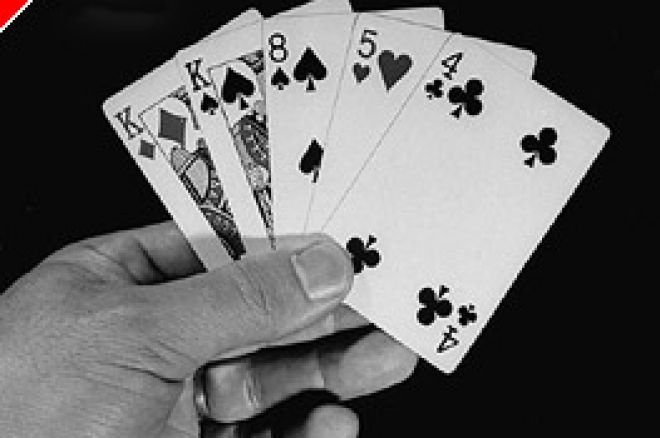
Tony is a regular on-line and card room player living in England. He mostly plays Texas Hold'em and Omaha (High and Split) at fixed, pot and no limit, at both cash and tournament tables.
Introduction
I thought this week that I would take a fleeting inventory of the availability of Omaha games to the discerning on-line player. Up to now I have talked about strategic aspects of playing the game at mainly low-stake ($1/$2) fixed limit levels, and also considered aspects of the pot limit game.
Taking a tour around some of the main on-line sites reveals a breathtakingly wide array of games that you could, theoretically, play armed with your knowledge of the game. Bankroll is as ever the restricting factor!
A Limit Is All Relative
Although there are several poker rooms that offer a wide array of games, I will provide an example of just one, Pokerstars.com. It is one of the leading US-based sites with a large spread of games and players and an excellent reputation for well-structured tournaments. What can the Omaha connoisseur choose from here? I will in all cases ignore "play money" games. I am assuming you want to win real cash!
Cash games on offer are split between Omaha High and Omaha Hi/Lo.
Omaha High offers the following ranges:
Fixed Limit tables from as low as 2c/4c and 5c/10c through to mid-range levels like $1/$2, $2/$4 and $3/$6 and onto $5/$10, $10/$20 and $15/$30 at the high end.
Pot Limit tables from as low as 1c/2c and 5c/10c through to top end levels of $5/$10 and $10/$20.
Omaha Hi/Lo offers an even wider range:
Fixed Limit tables are as for Omaha High but, at the high end, the limits extend through $30/$60 and $75/$150!
Pot Limit tables are exactly as available for Omaha High, with a top level of $10/$20 blinds.
No Limit tables are also available to players of Omaha Hi/Lo. Whereas pot limit Omaha is regarded as a specific and highly skilful game because of the dynamics of pot limit betting, such subtleties are missing at no limit. A player can push all his chips in pre-flop should he wish.
So how does playing a fixed limit game of Omaha Hi/Lo attract you? Let's say $75/$150. That means there is $225 in the pot before a card is dealt. Just to get an idea of the requirements, I thought I would drop in and see a game in action.
There were three available tables of ten seats at this level but only one was in action with five players on board. At the moment of viewing the table, the five players held cash stacks of $1,269, $1,585, $11,394, $7,559 and $1,650. All in all, I feel the three with less than $2,000 are playing under too much pressure at around 10 times the big blind.
The last five pots when won amounted to $1,124, $149, $223, $1,048 and $200. In three cases there were folds to a big bet, but any contested hand will take the pot up to $1,000 in no time. Within ten minutes, two of the low stacks had left. The last hand I watched saw four players cap the betting before the flop! That meant they contributed $300 each to the pot before the flop. In the end, two dropped out after the flop and turn leaving the remainder to share a full house Aces over Kings.
One of our previous lessons concerned the dangers of betting out in Omaha Hi/Lo without an A in your hand. Here the flop came AA2 which no doubt attracted the two hands not holding aces to pursue a low hand (thus committing a cardinal sin of chasing a low hand which brings a maximum of half the pot). Both hands without aces were chasing a lost cause as no third low card emerged. The two hands that shared the pot both included AK with other good high or low cards in support. Both hands made the same full house! Never forget the rule of thumb in Hi/Lo. Chase the high rather than the low!
My impression is that the players in this top-ranked table included a high number of deluded punters. Bringing less than $2,000 to a table is no way forward. You are under pressure. You need a stack 100 times the big blind and be comfortable about losing it. Do you have $15,000 spare? If not, look down and stay modest!
That is the fixed limit level. What about pot limit? Let's take a look at the big tables here. Most action was happening in Omaha High. The average stack at a full $10/$20 table here tended to be dictated by the table limit when joining. This is 100 x the big blind or $2,000 in this case. Because it is pot limit, the advantages of a large stack are greater than they are at fixed limits. Someone prepared to pot raise with a large stack can bully low stacks into folding almost at will. Thus everyone has the chance to begin at $2,000 (or less if they choose). In many ways, pot limit is less inclined to mad action than the limit tables. The threat of being re-raised by a pot raise bet is a sobering thought so it doesn't pay to do too much limping unless you have a hand you are prepared to risk losing the whole of your stack with.
Finally, what of No Limit Omaha Hi/Lo? This is a rarely played game in live cardroom circles. There are hardly any tournaments and that is because it could become a lottery. There is so much variation available to a player with four hole cards that it requires a flop to give hands some shape. At pot limit, the betting pre-flop is relatively modest unless there is some re-raising by strong hands looking to narrow the field to eliminate drawing hands that might pose a danger. Consequently a lot of strategic poker can be played at pot limit. At no limit, a maniac or aggressive player can kill a hand off by constantly raising huge amounts before the flop. This is a simplistic view but the wide variations available pre-flop makes a decision to call an all-in bet a toss of the coin.
Down the other end of the scale, I took a look in at one of the 1c/2c pot limit tables. Most are in here with $1 or $2, some with even more. This is perfect grounding if you are really wary of pot limit poker. Come here and never lose more than $5 or $10 on a bad night. Hone those essential skills.
Tournament Arena
Apart from breaking yourself in at the low level or breaking the bank at the high level cash tables, there are of course tournaments. Here you know your outlay from the start. In that way it is safe. However, if you are playing a pot limit tournament, you have to be aware that one bad judgement from you and there is no second chance. This is especially relevant to Omaha because it is a volatile game compared to Texas Hold'em. Consequently the risk element is higher and so is the chance of a knockout on the turn of one unfavourable card.
What is available?
Regular Multi-Table Tournaments:
These include buy-ins from $1 to $200 and potential prizes of many thousands of dollars.
Regular Sit'n'Go Tournaments:
These include more modest buy-ins from $1 to $20 but the games start as soon as the allocated number of players has filled the table or tables. Games range from a single table of 9 to five tables totalling 45.
Tournaments are another area where you might want to practice for a fixed fee. Although you are required to change strategy a little to account for the finality of a big loss in a hand plus the rising blinds, it all helps in the long run.
Conclusion
I hope this quick dash through a working day at one of the big sites has given you an insight into where you might fit in the greater hierarchy of on-line Omaha poker. Maybe it has also whetted your appetite for achievement and progress. It would indeed be nice one day to step into a $75/$150 limit cash game and deposit a cool $15,000 in front of you. You are unlikely to be pushed around!
Exorcism
13 October 2005
Ed Note: My favorite place to play Omaha online is at Doyle's Room

